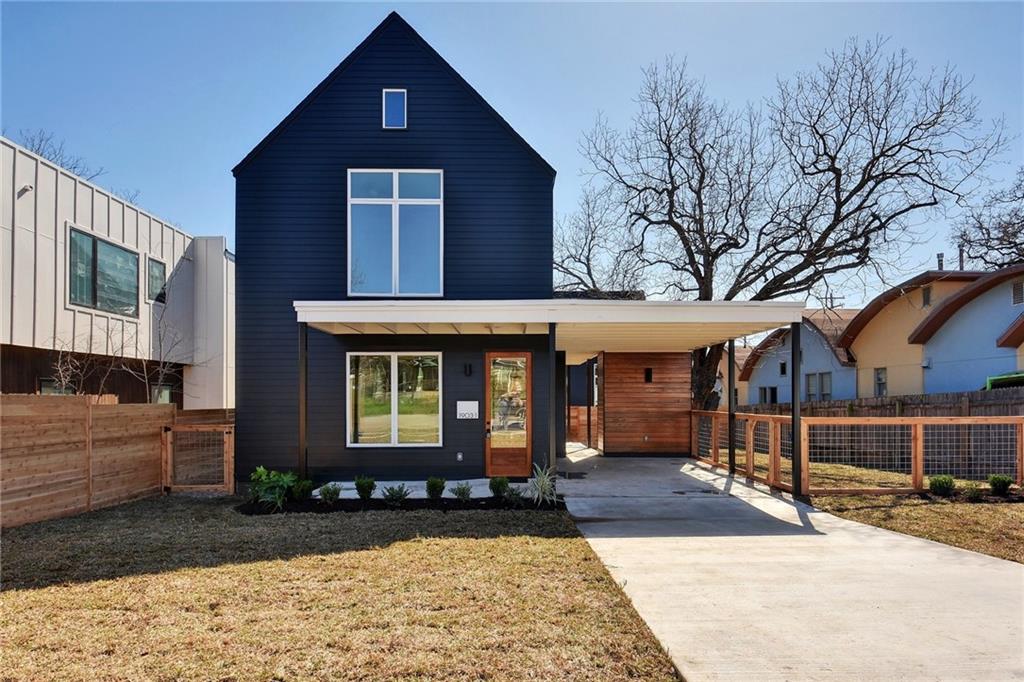Austin is poised to take significant steps towards increasing housing density and affordability through proposed changes to its zoning laws. The City Council is set to vote on Phase 2 of the HOME Initiative, which seeks to reduce the minimum lot sizes required for residential properties. This move could transform the urban landscape by allowing more homes to be built on smaller plots of land, but it also sparks debate among residents and officials.
The current zoning regulations in Austin typically accommodate a single home with a detached garage on each lot. However, under the new proposal, these lots could potentially support up to six smaller homes. Councilmember Vanessa Fuentes emphasizes the importance of updating the land development code to reflect Austin’s rapid growth, noting that the city has doubled in size and needs to adapt to the increasing demand for housing.
Fuentes explains that reducing minimum lot sizes is a strategic effort to create more pathways to homeownership. “We have some of the largest lot size requirements in the country,” she says, highlighting that the initiative aims to provide more affordable housing options by enabling homeowners to subdivide their lots and build smaller, more cost-effective homes.
This initiative is particularly timely as it aligns with the city’s broader goals of supporting development around proposed transit projects. By increasing housing density near transit lines, the city hopes to create more sustainable and connected communities. However, not everyone is convinced that these changes will lead to affordable housing outcomes.
Carmen Llanes Pulido, the executive director of Go Austin/Vamos Austin, voices concerns about potential displacement of existing residents. She argues that while increasing housing density is critical, it should not come at the expense of displacing long-time transit users and low-income families. Pulido shares an example where subdividing a single-family lot into multiple units resulted in significantly higher property prices, questioning the true affordability of such developments.
To address these concerns, Fuentes proposes collaborating with financial institutions to ensure that affordable housing remains accessible to more families. “We really want to encourage as many families to be able to stay in place, and we know that partnership with the financial lenders is absolutely crucial,” she explains.
The debate over the HOME Initiative is set to continue as the Austin City Council prepares for its upcoming meeting, where public comments will be heard. The council’s decision will be crucial in determining the future of housing development in Austin, as they balance the need for increased density with the goal of maintaining affordability and community integrity.
Residents are encouraged to participate in the discussion, with public comments being accepted until 4:30 p.m. on the Tuesday before the council meeting, which starts at 10 a.m. on Thursday. This is a pivotal moment for Austin, as the city grapples with the challenges of growth and the need for inclusive and affordable housing solutions.
Planning your visit to Austin or looking for more insights on local real estate? Call or Text Brendan Sanford today at (512) 696-0673, or email at [email protected].
